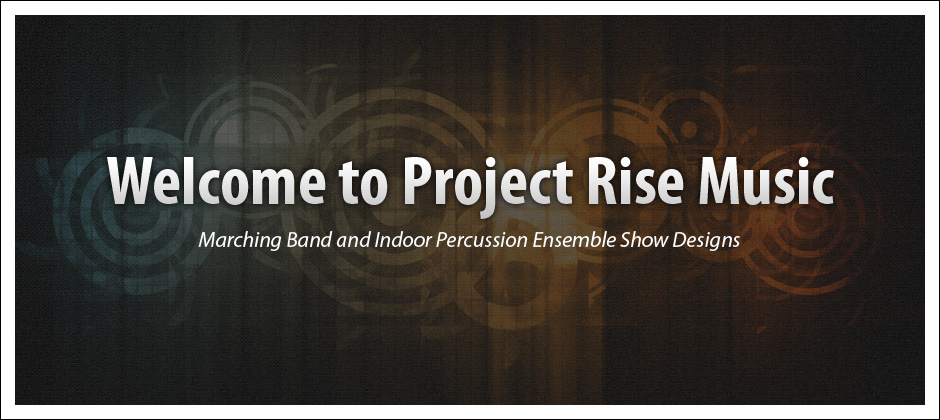October 21, 2025
Indoor 2026 is fast approaching, and before the season kicks into high gear, here are some strategies and questions worth reflecting on as you select your program for the season.(These are the same questions I ask every custom group I design for, and [...]

